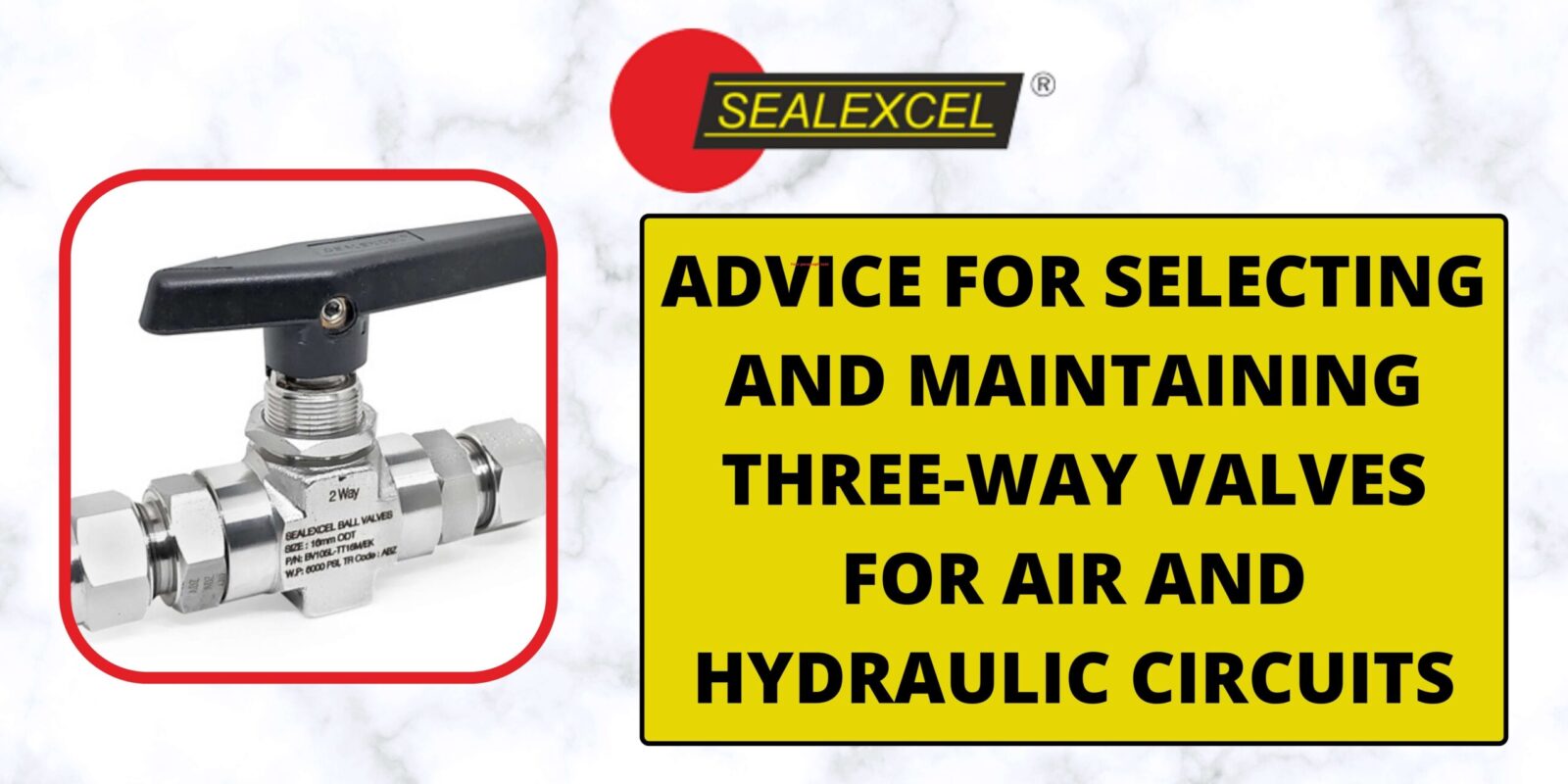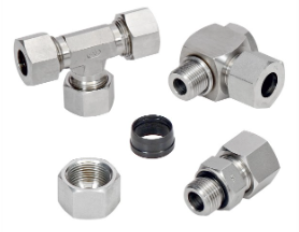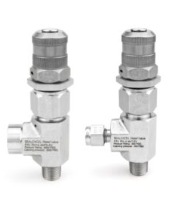Buy a Complete Line of Hydraulic Fittings Directly From Manufacturer to Save Your Money
January 15, 2019
Advice for Selecting and Maintaining Three-Way Valves for air and hydraulic circuits
October 6, 2022Hydraulic systems have been rapidly developing as engineers work on variants to improve efficiency. Engineers and fitting manufacturers are working hard to develop new end connection types that will operate with current hydraulic systems. This article will go through the important factors to consider when choosing hydraulic push fittings.
The following are the five things to consider while choosing the proper push-fit fittings for your application:
Quality assurance
Items that fulfill SAE design guidelines give the user the confidence that products have been carefully evaluated and deliver optimum performance. This includes providing peace of mind in terms of standardization. When searching for the best answer, inquire with your distributor or manufacturer about their ability to guarantee the quality of their push-fit fittings and production procedures.
Availability
Regardless of market situations, seek a dependable supplier with a track record of success who can respond promptly to client expectations and requirements. It is usually better to seek producers whose goods are accessible internationally via a large network of distributors with no buying constraints. These factors may often result in better cost positioning and shorter lead times to better serve project demands.
Rating of Pressure
As pressure ratings have grown, many OEMs are opting for O-ring face seals and DIN metric fittings. Hydraulic push fittings are not designed to withstand these pressures, particularly in high-vibration situations. Similarly, NPT threads are not recommended for high-pressure applications. These applications need the use of specifically rated fittings.
Engineering approached systems
Some manufacturers may provide application engineering and advisory services to clients and distributors in addition to merely delivering items.
Assistance with system design, analysis, construction, and project management may assist guarantee hydraulic push fittings are optimized for smooth, dependable operation and correctly integrated for the work your equipment needs to complete.
Suitability
Hydraulic push fittings are reinforced with numerous layers. Yet the interior tube must be able to touch the fluid without being damaged. Because not all hoses are intended to convey all forms of hydraulic fluid, the type and temperature of the medium must be considered. Similarly, to avoid harmful detachments or leaks, the hose should have appropriate connections with existing hoses and equipment components.
Reliability
Push-fit fittings have long been popular because leaks can be repaired easily by tightening the fitting. However, this method has resulted in fractured fittings. While the fittings have been the industry standard for many years, it is nevertheless prone to broken flares due to excessive twisting. Because of the elastomeric seal that is trapped in the mating surface, the matched sealing surfaces in O-ring face seal fittings decrease the danger of overtightening and offer improved dependability.
Hydraulic push fittings and solutions should always provide the performance you need to remain competitive. You can make your fluid conveyance systems look better, last longer, and work more effectively by exercising due diligence when making purchase selections.
Although these best practices were developed for hydraulic push fittings. It is always critical to ensure that the fittings provide a unique combination of proven technology and innovative design, which translates directly into reliable performance and increased uptime.




